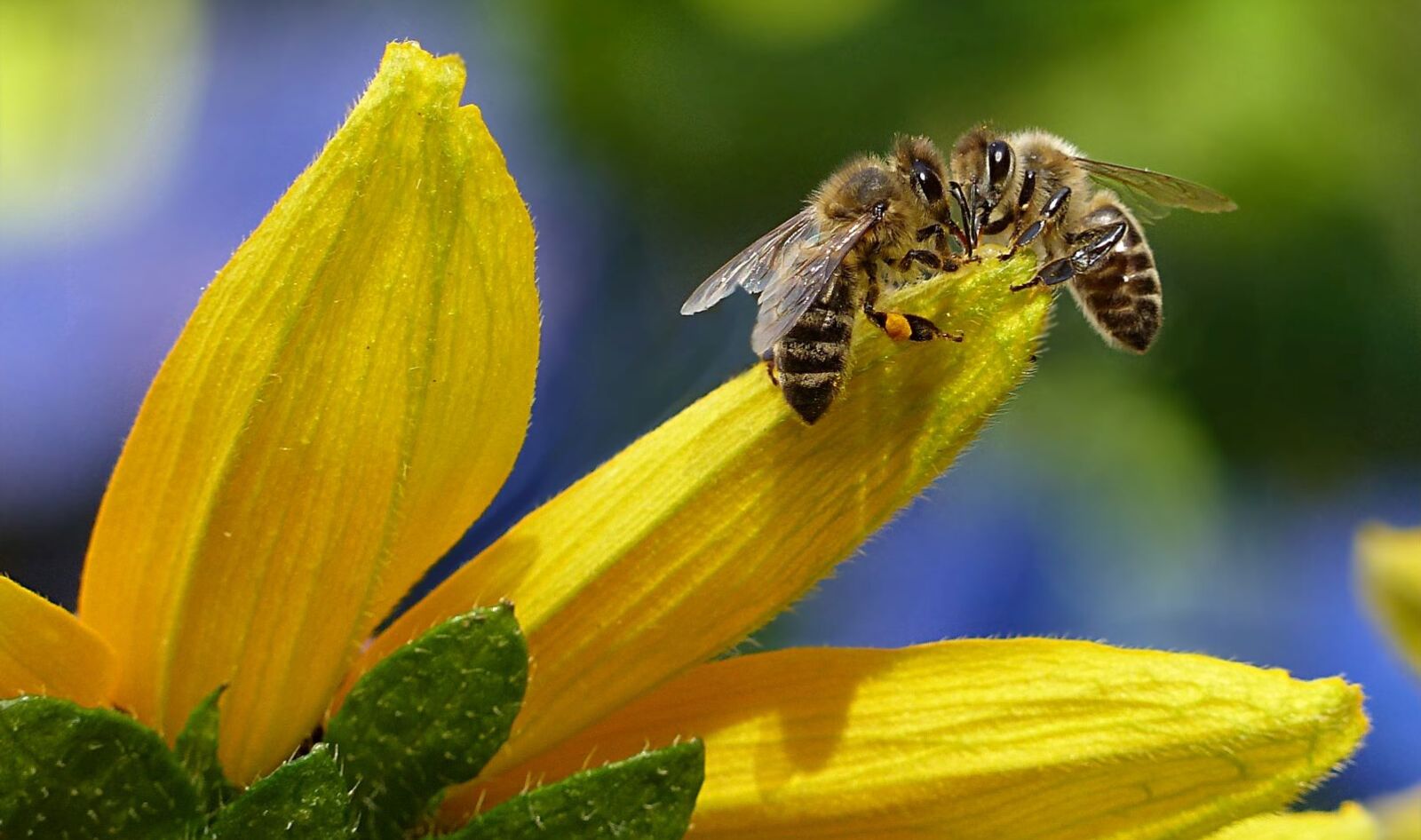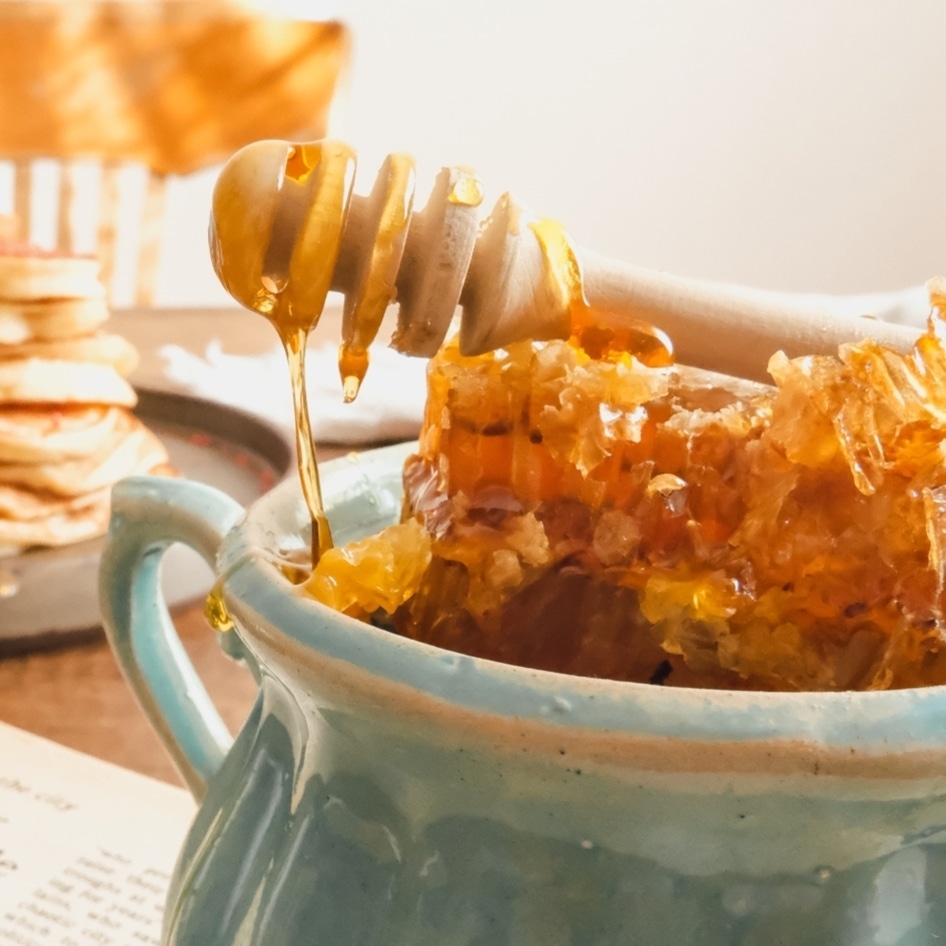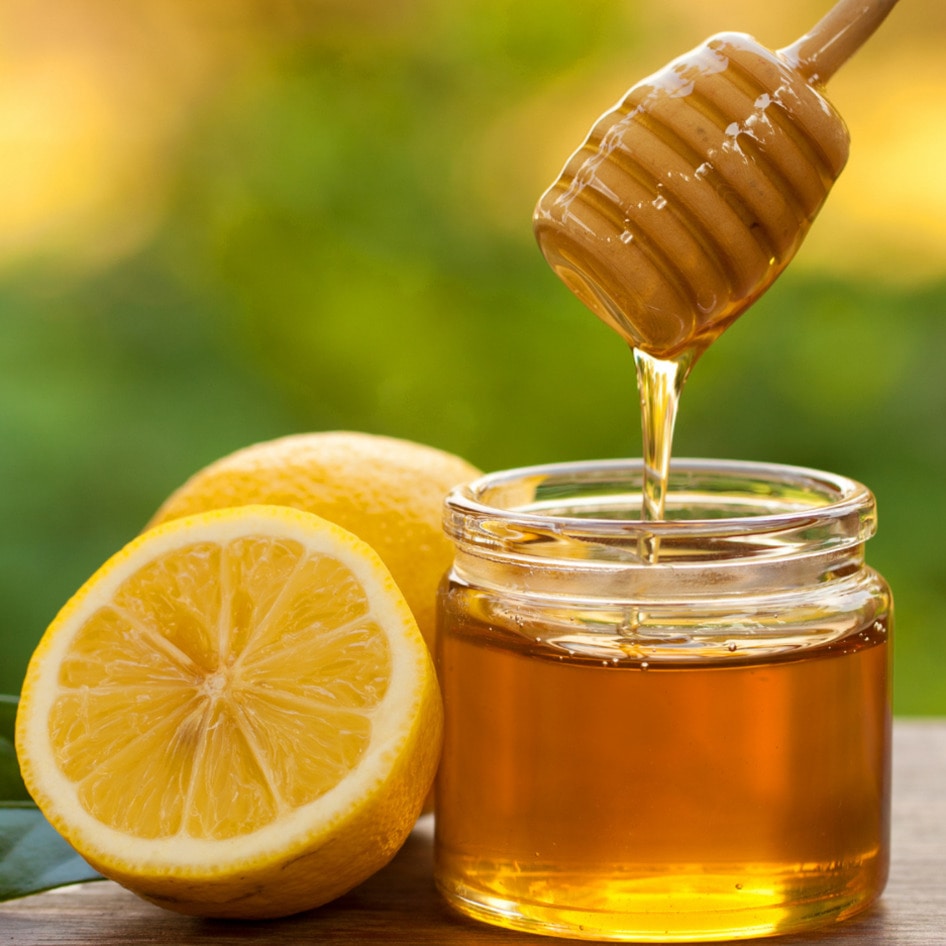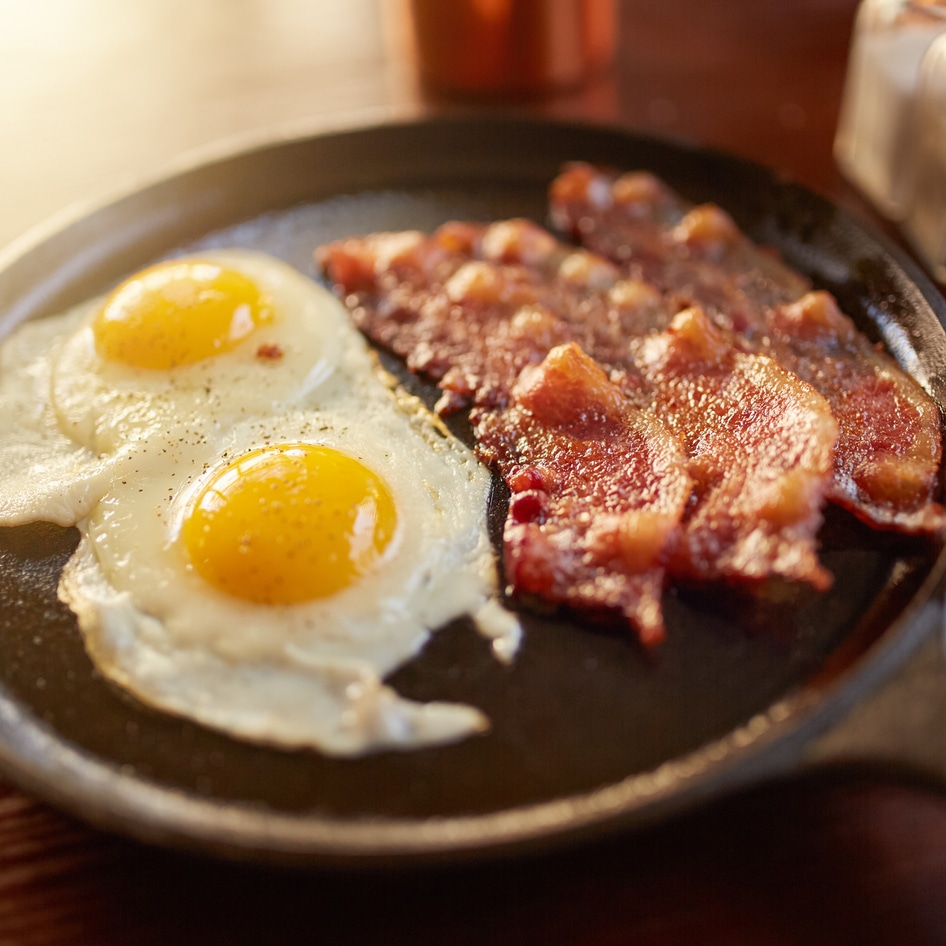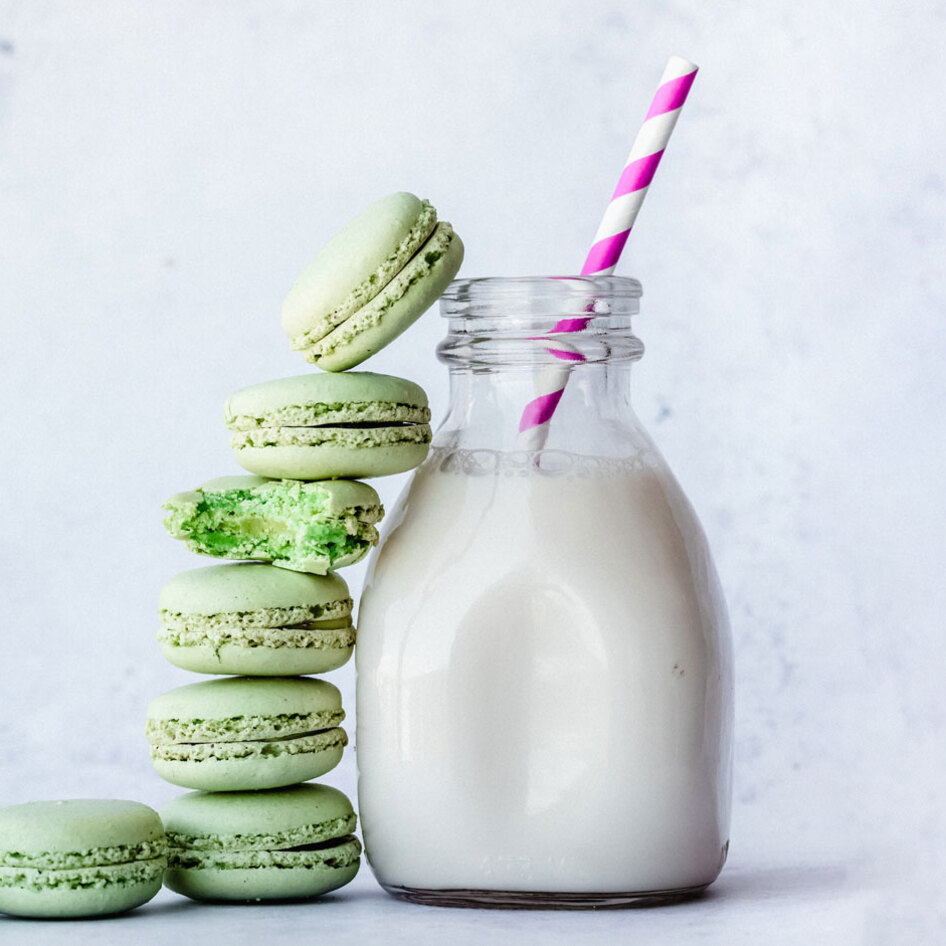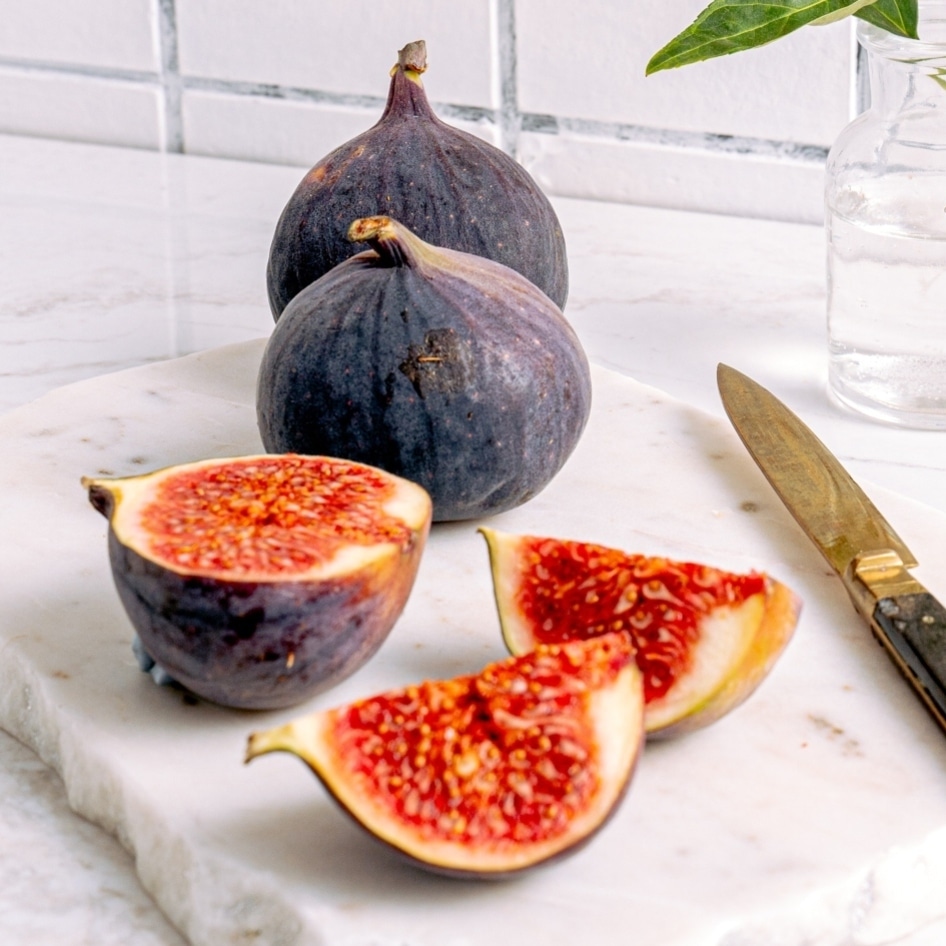Danone-owned vegan milk brand Silk, in collaboration with Pollinator Partnership Canada and local merchants, is celebrating World Bee Day on May 20 by introducing the “Silk Bee Line” in Montreal, QC to help bees.
This unique urban flower route offers a safe passage for traveling pollinators between green spaces. Open to consumers—and the bees—the Silk Bee Line stretches along Place de Castelnau throughout the summer, with participating businesses adorning their premises with plants that guide pollinators.
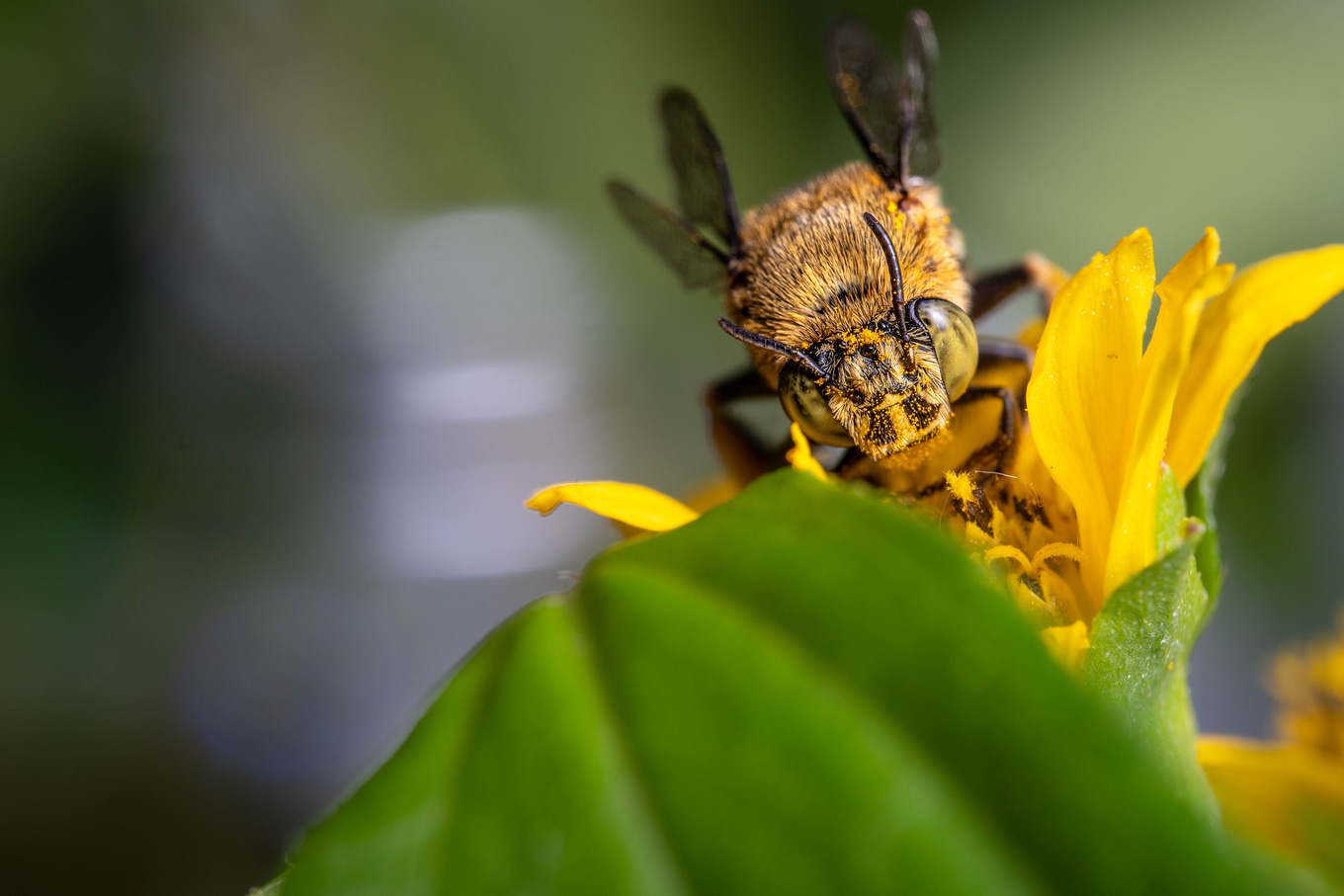 Unsplash
Unsplash
The line also features a pollinator-inspired mural created by renowned Canadian artists Marc-Olivier Lamothe and Cath Laporte.
Is almond milk bad for bees?
Bees and other pollinators wield a profound influence on our society and climate. They are responsible for pollinating one-third of the food we consume daily, including numerous Silk products.
Unfortunately, pollinator populations in urban areas have been declining due to the loss of feeding and nesting habitats. The connectivity between flower patches is crucial for their survival.
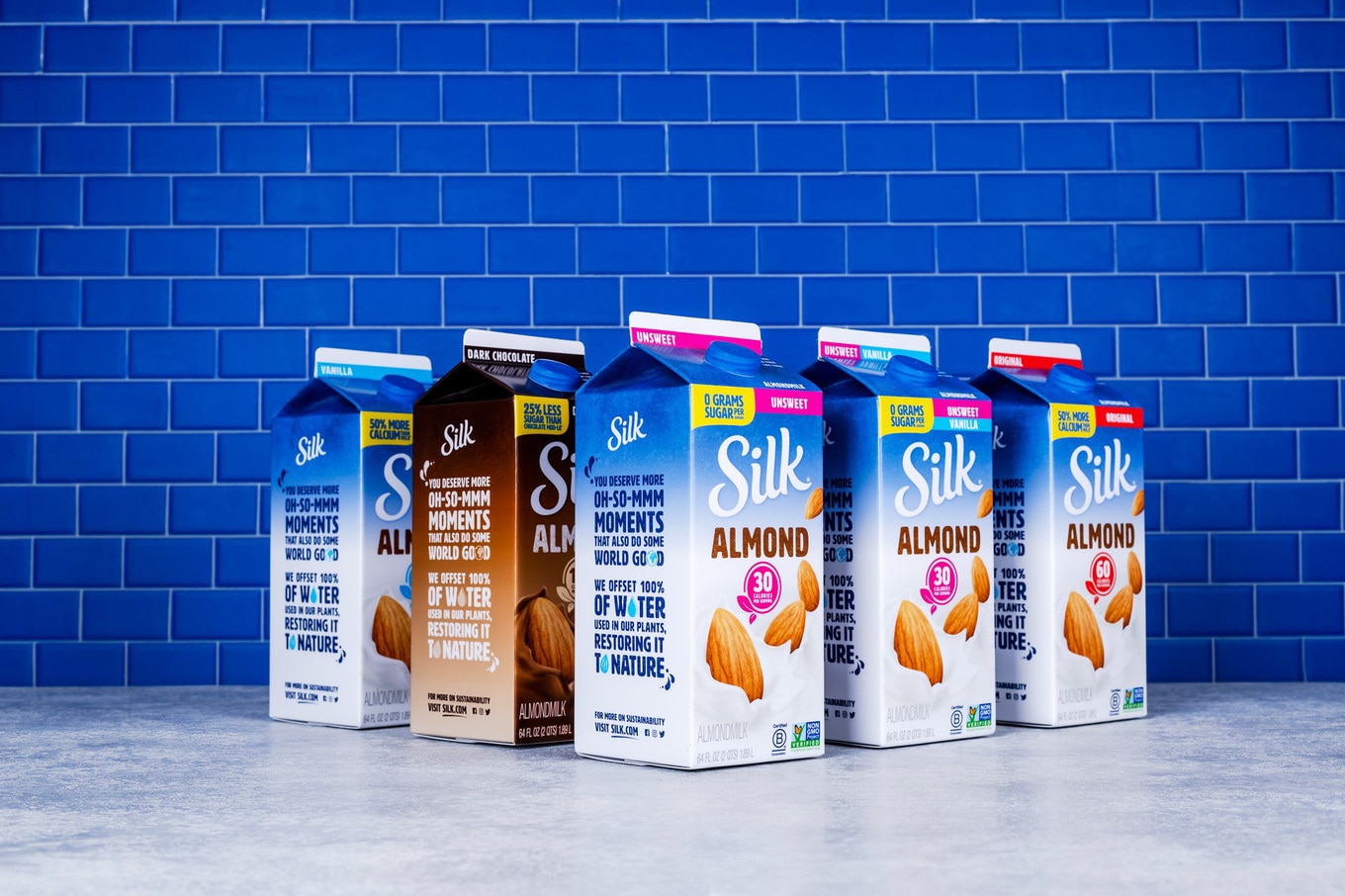 Silk
Silk
Almond milk, in particular, has a bad reputation when it comes to its impact on bees. Almond trees rely on cross-pollination, which requires pollinators, namely bees. But the fertilizer used on the crops is extremely toxic to the insects.
“The bees in the almond groves are being exploited and disrespected,” organic beekeeper Patrick Pynes told The Guardian in 2020. “They are in severe decline because our human relationship to them has become so destructive.”
How to help pollinators
For this reason, Silk is committed to helping bees. Depending on the bee species, their travel distances can vary from several kilometers to as little as 100 meters. Just as humans rely on sidewalks, roads, and public transport, pollinators depend on flower routes to navigate their surroundings.
Habitat corridors, like the Silk Bee Line, enable bees with different foraging ranges to traverse between patches and access the nourishment they require. Fiona O’Brien, Marketing Director at Danone Canada, emphasizes Silk’s dedication to supporting health through food and its commitment to responsible practices.
“This initiative showcases our commitment to using our scale for good and promoting regenerative agriculture practices,” O’Brien said in a statement. “Silk is devoted to protecting our pollinators, and we urge Canadians to join us in this endeavor.”
To commemorate World Bee Day and the grand opening weekend of the Silk Bee Line, visitors will have the opportunity to collect packets of bee-friendly seeds, further contributing to the expansion of the Silk Bee Line and the preservation of pollinator populations in urban areas.
Additionally, Café Larue will offer complimentary coffee made with Silk’s almond milk, a beverage that holds the distinction of being the sole Bee Friendly Farming Certified almond milk in Canada.
The Silk Bee Line represents an expansion of the ongoing Silk Bee Hotel billboards initiative created in partnership with the Université de Montreal.
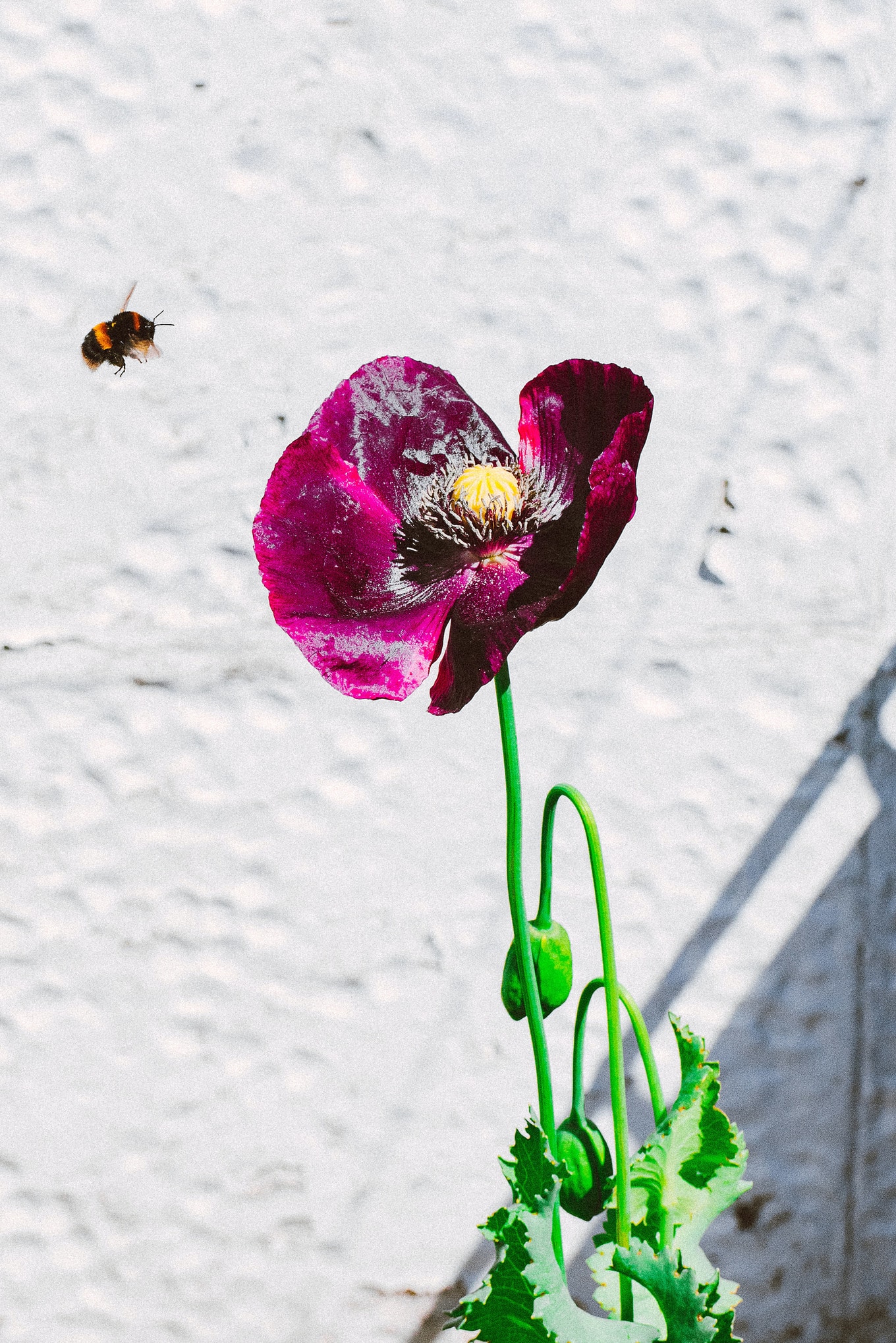 Lisa Fotios/Pexels
Lisa Fotios/Pexels
Now entering its third year, under this initiative, Silk installs bee hotels—wooden structures that provide pollinators with shelter and breeding opportunities—on billboards across Canada. These installations allow for the study of native bee populations and pollination surrounding the billboards.
Why do bees make honey?
In addition to the critical role bees play in cross-pollinating our plant foods, bees also make honey—but just like dairy, honey isn’t vegan because it’s not meant for human consumption. In fact, honeybees have a remarkable process of transforming nectar, a sweet liquid produced by flowers, into honey. During the summer and extending into fall, worker bees diligently traverse from one flower to another, using their hollow proboscis as a straw to extract nectar.
The bees their collection of nectar until their second stomach, known as the “honey” stomach, is filled to a substantial portion of their body weight. At this point, they return to the hive, where they regurgitate the nectar.
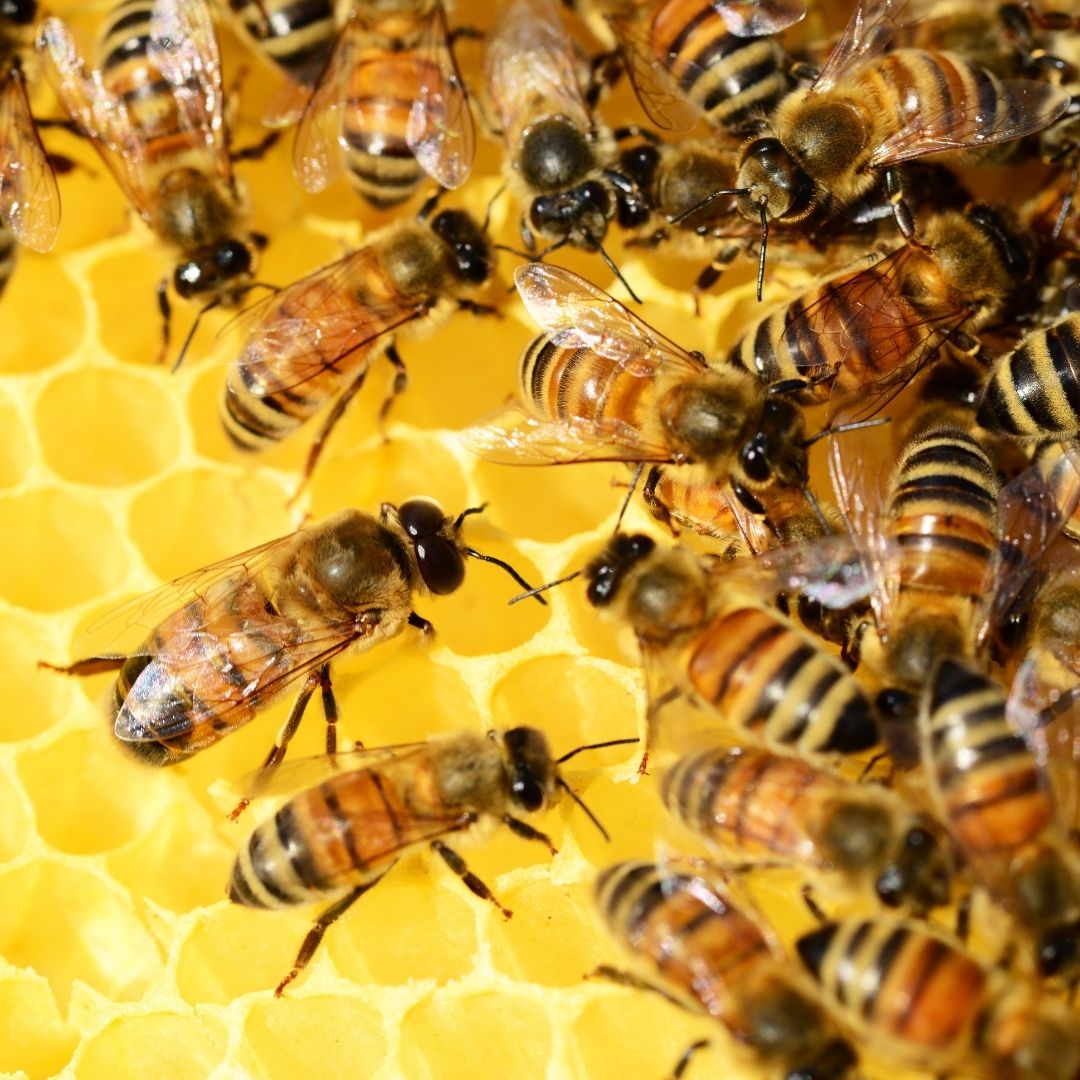 Canva
Canva
The nectar then circulates among other worker bees, undergoing a process that reduces its water content. This essential step occurs when the water content drops to 18 percent, preventing the growth of mold and bacteria. As a result, the nectar is transformed into honey, which the worker bees deposit into wax chambers.
The purpose behind this intricate procedure is straightforward: By creating honey, the honeybees ensure that the hive remains nourished and supplied throughout the colder months. While some bees, like bumblebees, hibernate to survive the winter, honeybees remain active, relying on their honey reserves to sustain the colony.
Kelly Bills, Executive Director at Pollinator Partnership Canada, is glad Silk is helping to raise awareness about the critical role of pollinators in our ecosystems. “Many pollinator populations are in decline, primarily due to the loss of habitats,” Bills said in a statement. “We are proud to collaborate with Silk, and together, we can all contribute to supporting healthy and sustainable pollination.”
For the latest vegan news, read:
JUMP TO ... Latest News | Recipes | Guides | Health | Subscribe

